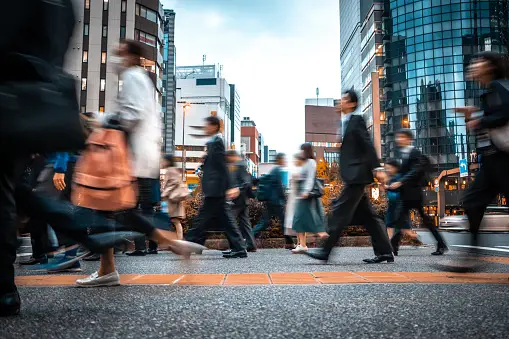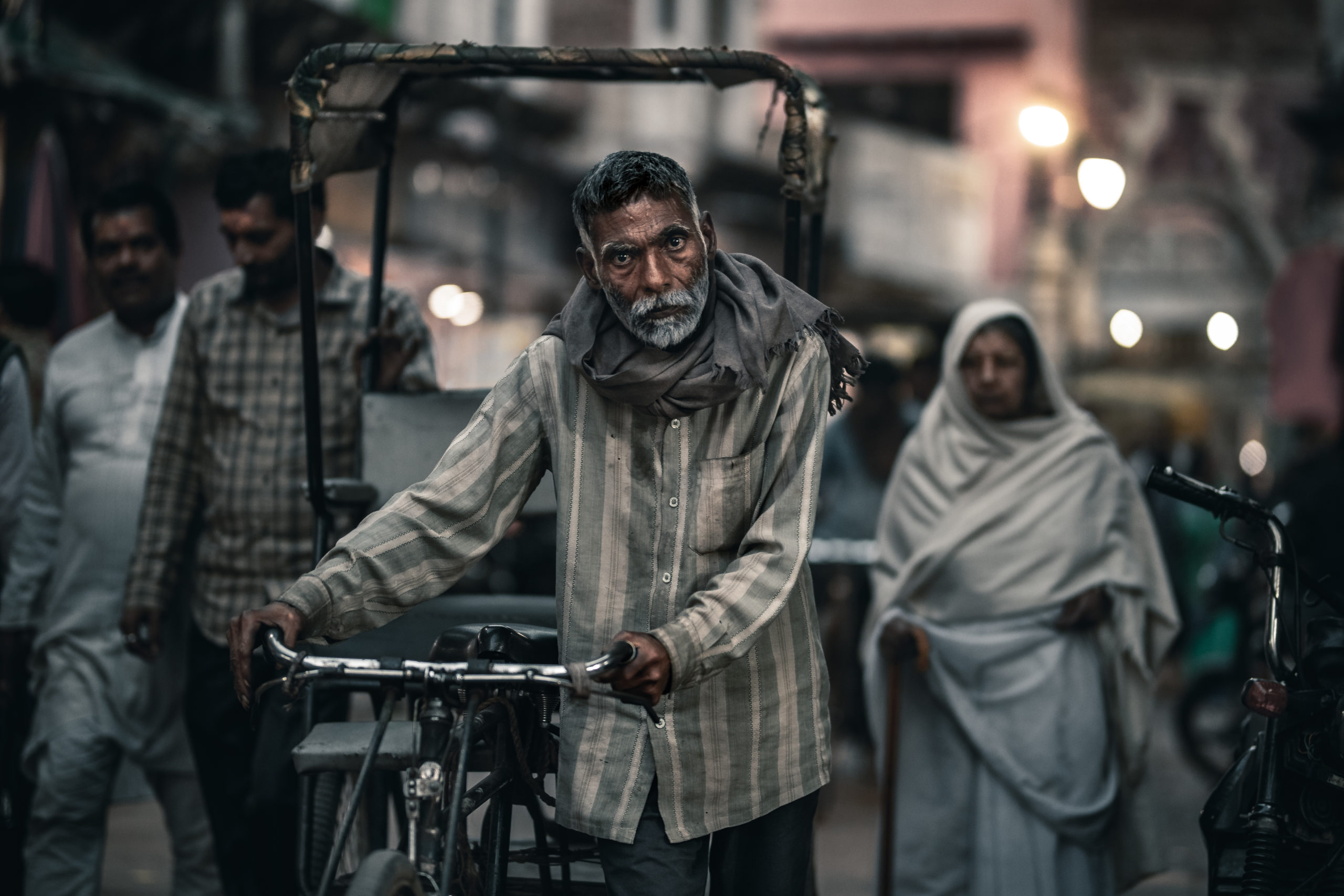Unknown Facts About Street Photographers
Street Photographers - The Facts
Table of ContentsThe Of Street Photographers3 Easy Facts About Street Photographers ExplainedLittle Known Questions About Street Photographers.Not known Incorrect Statements About Street Photographers A Biased View of Street Photographers
Road professional photographers do not always have a social function in mind, but they favor to separate and capture moments which may or else go unnoticed.He was influenced by numerous of those who influenced the street professional photographers of the 1950s and '60s, he was not mainly interested in capturing the spirit of the street. The impulse to visually document people in public began with 19th-century painters such as Edgar Degas, douard Manet, and Henri de Toulouse-Lautrec, that worked side by side with photographers attempting to record the essence of metropolitan life.
As a result of the fairly primitive technology available to him and the lengthy exposure time called for, he had a hard time to catch the hustle and bustle of the Paris streets. He try out a series of photographic approaches, trying to locate one that would permit him to capture activity without a blur, and he located some success with the calotype, patented in 1841 by William Henry Fox Talbot. In comparison to Atget, professional photographer Charles Marville was worked with by the city of Paris to develop an encyclopaedic record of Haussmann's metropolitan planning task as it unravelled, thus old and new Paris. While the professional photographers' topic was basically the exact same, the outcomes were considerably different, demonstrating the influence of the digital photographer's intent on the personality of the photos he produced.
Some Of Street Photographers
Given the great top quality of his photographs and the breadth of product, architects and artists commonly got Atget's prints to make use of as reference for their own work, though commercial rate of interests were rarely his primary inspiration. Instead, he was driven to photograph every last remnant of the Paris he liked. The mingled passion and necessity of his mission sparkle through, causing photos that narrate his own experience of the city, qualities that anticipated road photography of the 20th century.

Unlike his peers, Brassa made use of a larger-format Voigtlnder electronic camera with a longer direct exposure time, forcing him to be a lot more computed and thoughtful in his technique than he might have been if making use of a Leica.

About Street Photographers
It is due to the fact that of this essential understanding of the art of picture taking that he is often attributed with rediscovering the medium around again approximately a century considering that its development. He took photos for more than a half century and influenced generations of professional photographers to trust their eye and instinct in the moment.
These are the inquiries I will attempt to address: And after that I'll leave you with my own definition of road photography. Yes, we do. Let's begin with specifying what a meaning is: view website According to it is: "The act of defining, or of making something certain, unique, or clear".
No, definitely not. The term is both restricting and misguiding. Seems like a road digital photography ought to be photos of a streets best?! And all street professional photographers, besides a handful of absolute newbies, will completely value that a street is not the key element to street photography, and really if it's a photo of a road with possibly a few monotonous individuals not doing anything of rate of interest, that's not road photography that's a photo of a road.
How Street Photographers can Save You Time, Stress, and Money.
He makes a valid factor do not you think? Nevertheless, while I agree with him I'm uncertain "honest public photography" additional info will catch on (although I do kind of like the term "candid photography") since "street digital photography" has actually been around for a long period of time, with numerous masters' names connected to it, so I think the term is below to remain.
Inside?! I hear you scream article as you shake your clenched fist to the skies. Why not? You can contend the beach, at a festival, in a street, in a park, in a piazza, in a cafe, at a gallery or art gallery, in a city station, at an event, on a bridge, under a bridge ...
Yes, I'm terrified we have no choice! Without policies we can not have a definition, and without a meaning we do not have a style, and without a genre we do not have anything to specify what we do, therefore we are stuck in a "rules definition genre" loop! And no-one intends to obtain embeded a loop. - Street Photographers
